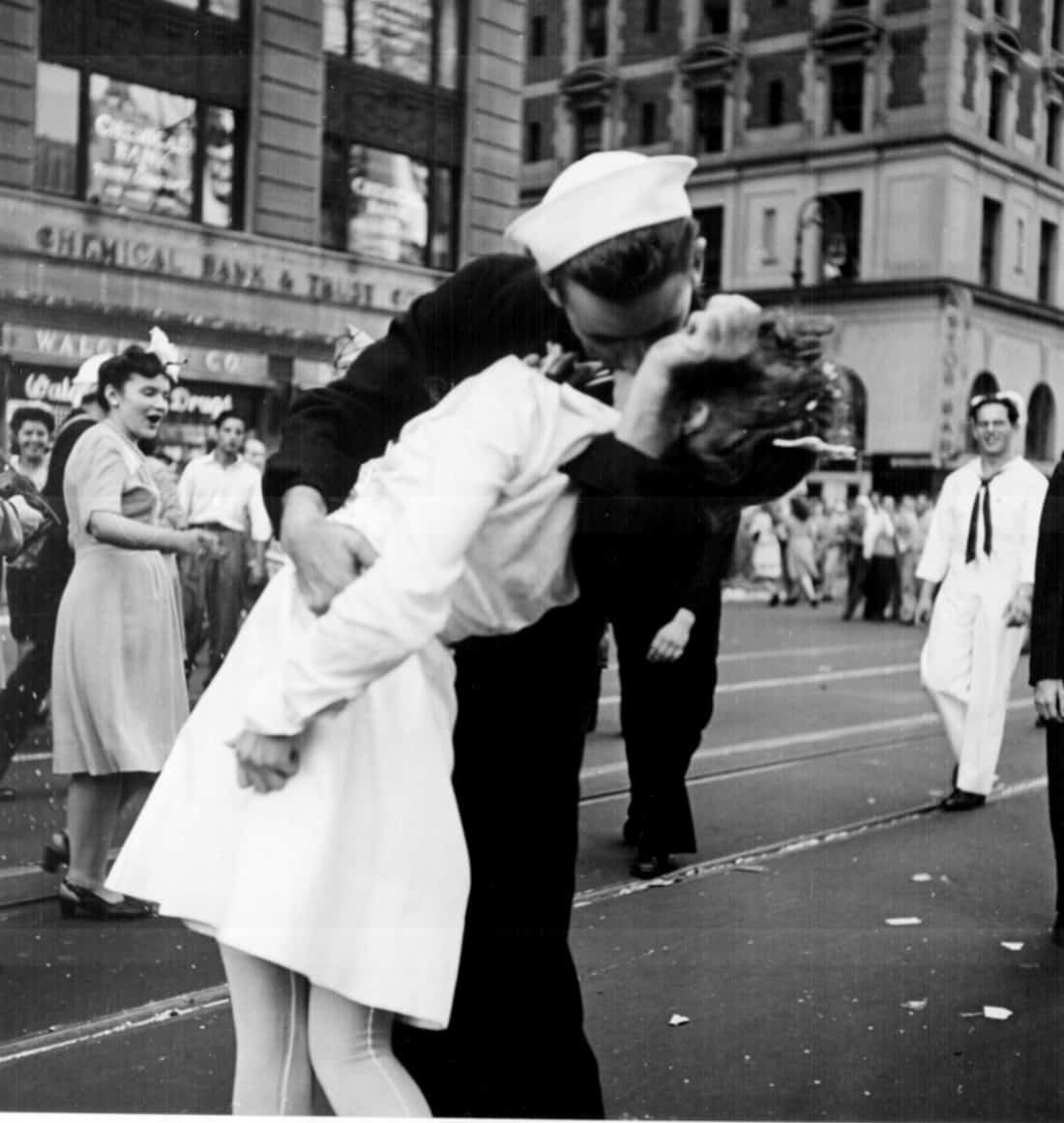Framing Streets - The Facts
Framing Streets - The Facts
Blog Article
The 6-Second Trick For Framing Streets
Table of ContentsSome Known Incorrect Statements About Framing Streets The Basic Principles Of Framing Streets The Of Framing StreetsThings about Framing StreetsWhat Does Framing Streets Mean?Some Ideas on Framing Streets You Should Know
Photography style "Crufts Pet Show 1968" by Tony Ray-Jones Road digital photography (also in some cases called candid photography) is digital photography conducted for art or query that features unmediated possibility encounters and random occurrences within public areas, normally with the aim of recording photos at a decisive or emotional moment by cautious framework and timing. 
His boots and legs were well defined, yet he is without body or head, due to the fact that these were in movement." Charles Ngre, waterseller Charles Ngre. https://anotepad.com/note/read/qd4qdia6 was the first professional photographer to obtain the technical class required to sign up individuals in motion on the street in Paris in 1851. Photographer John Thomson, a Scotsman collaborating with journalist and social activist Adolphe Smith, released Road Life in London in twelve regular monthly installations beginning in February 1877
See This Report on Framing Streets
Eugene Atget is considered as a progenitor, not because he was the initial of his kind, however as a result of the popularisation in the late 1920s of his record of Parisian streets by Berenice Abbott, who was inspired to carry out a comparable documents of New York City. [] As the city established, Atget aided to advertise Parisian roads as a worthy topic for photography.
The Ultimate Guide To Framing Streets
Martin is the very first videotaped photographer to do so in London with a masked camera. Mass-Observation was a social study organisation established in 1937 which aimed to videotape day-to-day life in Britain and to tape the responses of the 'man-in-the-street' to King Edward VIII's abdication in 1936 to marry divorce Wallis Simpson, and the succession of George VI. The principal Mass-Observationists were anthropologist Tom Harrisson in Bolton and poet Charles Madge in London, and their very first report was generated as guide "May the Twelfth: Mass-Observation Day-Surveys 1937 by over two hundred onlookers" [] Home window cleaner at Kottbusser Tor, Berlin, by Elsa Thiemann c. 1946 The post-war French Humanist School digital photographers located their subjects on Recommended Site the street or in the bistro. In between 1946 and 1957 Le Groupe des XV yearly exhibited work of this kind. Andre Kertesz. Circus, Budapest, 19 May 1920 Street photography created the major material of two events at the Gallery of Modern Art (Mo, MA) in New York curated by Edward Steichen, Five French Photographers: Brassai; Cartier-Bresson, Doisneau, Ronis, Izis in 1951 to 1952, and Post-war European Photography in 1953, which exported the idea of road digital photography worldwide.

Facts About Framing Streets Uncovered
The recording machine was 'a surprise camera', a 35 mm Contax concealed below his layer, that was 'strapped to the breast and linked to a long cord strung down the appropriate sleeve'. His work had little modern influence as due to Evans' level of sensitivities regarding the originality of his job and the personal privacy of his topics, it was not released up until 1966, in the publication Many Are Called, with an introduction created by James Agee in 1940.
Helen Levitt, then a teacher of young kids, related to Evans in 193839. She documented the temporal chalk drawings - sony a7iv that became part of youngsters's street culture in New york city at the time, along with the children who made them. In July 1939, Mo, MA's new digital photography area consisted of Levitt's job in its inaugural exhibitionRobert Frank's 1958 book,, was considerable; raw and commonly out of focus, Frank's images questioned traditional digital photography of the moment, "tested all the formal policies set by Henri Cartier-Bresson and Walker Evans" and "flew in the face of the wholesome pictorialism and heartfelt photojournalism of American magazines like LIFE and Time".
Report this page